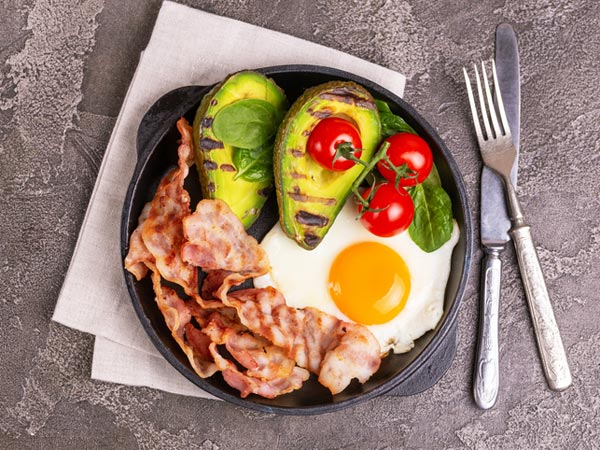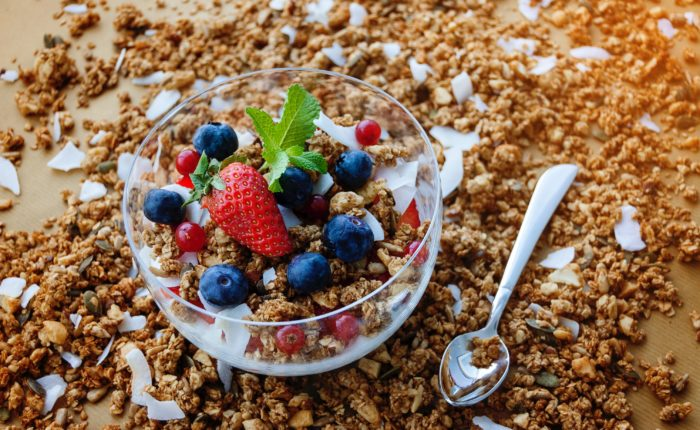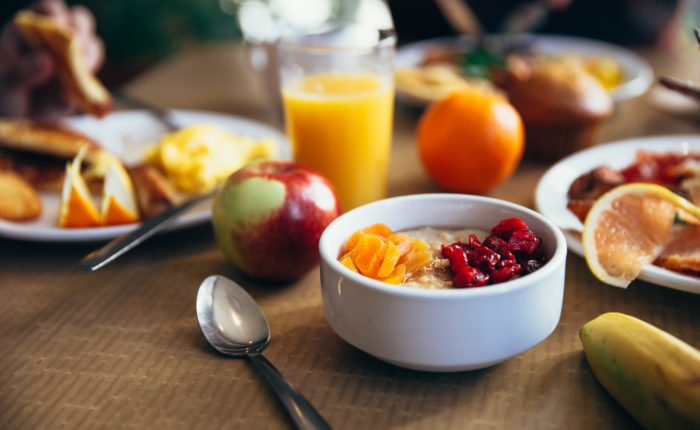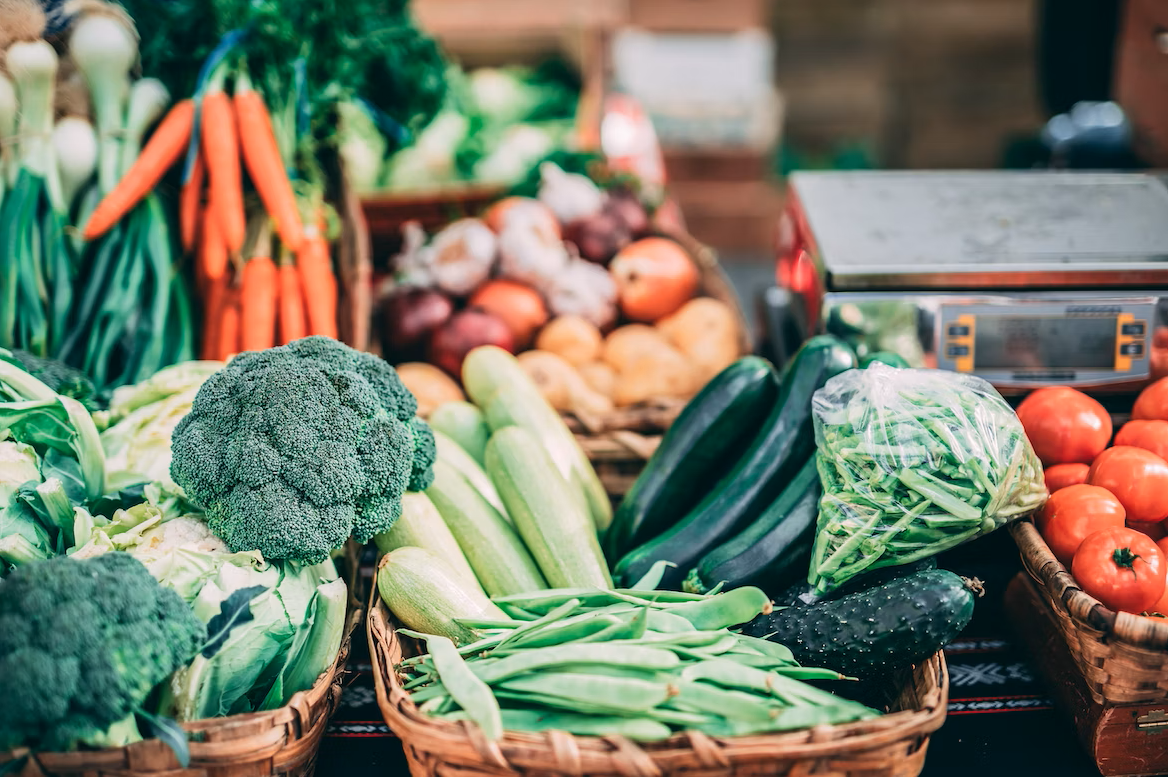
For the past three years, the ketogenic diet has been one of the most searched diets on Google and the best-performing weight loss diet on Pinterest, and it continues to be flooded with Instagram feeds. But the ketogenic diet was actually created nearly 100 years ago as a way to treat epilepsy in children. Today, many epilepsy patients still use it as a treatment, but most people know the fast weight loss effect of a ketogenic diet.
What is the keto diet?
On the surface, the ketogenic diet is best described as a low-carbohydrate version of the low-carbohydrate diet. In fact, the diet limits carbohydrates to 5% to 10% of daily calories. For most people, it is broken down into 20 to 50 grams per day. But it is also a very high-fat diet, stipulating that most of a person's daily calories (70% to 80%) come from fat sources. This is significantly higher than any other popular diet, and protein only accounts for 15% to 25% of daily calories-so skinless chicken breast is obsolete, and bacon is.
Why are you getting so much fat?
This is where we are a little science nerd. The goal of the keto diet is to get the body into a metabolic hunger called ketosis, in which case it is forced to rely on ketone bodies for energy. When your body breaks down fat, it produces ketones, but only when it does not have enough carbohydrates.
To back up a little bit, our body is powered by carbohydrates-carbohydrates are broken down into glucose, which is a type of sugar. The glucose is then stored by the body and used as fuel. But when the body is deprived of glucose (and all its storage has been used up), it must look for alternative energy sources.
That temporary source? fat. The body breaks down fat into so-called "ketone bodies" and uses it as fuel until it gets carbohydrates again. This is why so many people have succeeded in losing weight through dieting: the high fat/very low carbohydrate combination aims to keep the body away from burning carbohydrates and glucose, but to break down and burn fat.

What keto diet do you eat?
The ability to achieve ketosis is not instantaneous. It occurs after strict adherence to eating very few carbohydrates for several days (again, usually between 20 and 50 grams per day). This means that the diet is based on meat, eggs, cheese, high-fat dairy products (cream and butter), poultry, seafood, and vegetable fats (such as oil, nuts, seeds, and avocado).
Low-carbohydrate vegetables with high fiber content can also be eaten with meals (of course, pay close attention to their minimum carbohydrate content at the same time). This includes lettuce, spinach, kale, peppers, mushrooms, asparagus, broccoli, cauliflower, onions, green beans, celery, brussels sprouts and tomatoes.
What is a restricted area?
Keto does not restrict specific foods—just carbohydrates and sugars—but in order to maintain strict requirements, many typical foods must be avoided. This includes most fruits, starchy vegetables (potatoes, carrots, corn), whole grains, legumes, refined grains, sugar, and dairy products.
Why is it hype?
If you decide to go for ketosis, you are likely to lose weight. Much like other low-carbohydrate diets such as Atkins and South Beach, the weight loss success of the ketogenic diet has proven to be more effective and effective than traditional low-fat or Mediterranean diets. People struggling with other diets may eventually feel that they have found some effective methods. In addition, ketosis suppresses appetite, and eating a high-fat diet can keep you fuller for longer, so in a keto diet, it is much less likely to reach a bag of potato chips at 3pm.
According to a large number of published research reports, other benefits are that the fewer grams of carbohydrates and sugars, the less the insulin surge, the higher the blood sugar level, and the better the control of diabetes symptoms. In addition, when someone enters a state of ketosis, the brain uses ketones instead of glucose as fuel, and there is a theory that these ketones may provide protection for certain brain cells by improving energy efficiency. Some studies have shown that this may directly inhibit nerve pressure and reduce the risk of diseases such as Alzheimer's disease.
But it is important to realize that the keto diet is not an easy diet to follow. In the early stages, keto dieters often complain of "keto flu" symptoms such as headaches, dizziness, constipation, muscle cramps, bad breath, and lack of energy. In addition, because it does not contain whole grains, legumes, fruits, and a variety of vegetables, ketogenic diets are usually low in fiber, and it is easy to deplete many vitamins and minerals in these foods.
Finally, to maintain ketosis, you must keep carbohydrate levels extremely low in order to truly change the body's metabolic fuel source. These metabolic adaptations may make it difficult for you to "switch" back and forth to regular carbohydrate-based meals and snacks without gaining weight and disrupting metabolic balance. This means that if you plan to go to keto, you need to plan to go all-in.
When adopting a healthy diet, balance, consistency, and moderation all play a role in optimal health. This means that it is important to find a diet that best suits you, your daily life and your health goals, whether it's ketones or whatever.

5 things to know before going Keto:
1. It can be hard to sustain.
For people with brain disorders and diabetes, the keto diet can potentially offer health benefits and a way to manage and prevent certain symptoms. But studies are inconclusive and inconsistent. For someone who just wants to lose weight, the long-term effects are still unknown.
2. It’s more of a lifestyle than a diet.
When you go into ketosis, you’re actually shifting your body’s metabolic format. These metabolic adaptations can make it difficult to “switch” back and forth to regular carbohydrate-based meals and snacks without gaining weight and upsetting metabolic balance. If you plan to go keto, you need to plan to go all in.
3. It can be hard to achieve balanced nutrition.
Without whole grains, legumes, fruit, and a number of vegetables, the keto diet is typically low in fiber, and it’s easy to become depleted of many vitamins and minerals.
4. It eliminates added sugars.
Whether or not you decide to go keto, eliminating added sugars is something worth embracing. The same goes for adding more healthy fats (like avocado and olive oil) into everyday meals.
5. It should be done under a doctor’s supervision — especially at first.
If you decide to try the keto diet, it’s best to do so under a doctor’s supervision, at least at first. Understanding where good fats come from (nuts, avocados, plant oils) and recognizing what foods contain carbohydrates is essential for proper adherence and success.
Bottom line
If you decide to go for ketosis, you are likely to lose weight. The benefits of boosting the brain and regulating blood sugar are also well supported. But ketosis is a state of metabolic stress; your body enters a survival mode. It is important to ask yourself what the overall goal of ketosis removal is actually. Entering and exiting metabolic ketosis is not good for you, and your weight will not rise and fall sharply.
Balance, consistency, and moderation also play a role in optimal health-be cautious when dealing with anything that carries the word diet. The best diet is a lifestyle change that best suits you, your daily life and your health.








